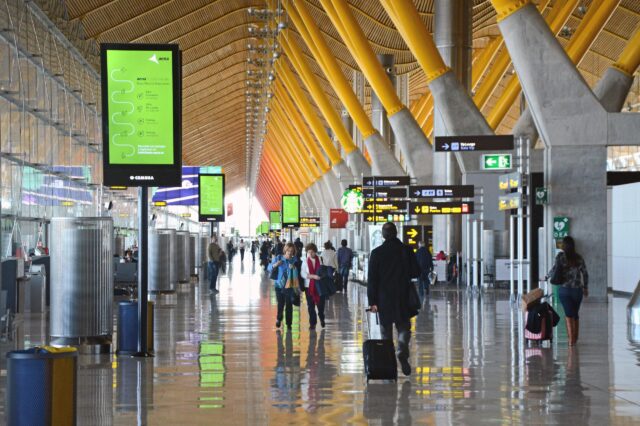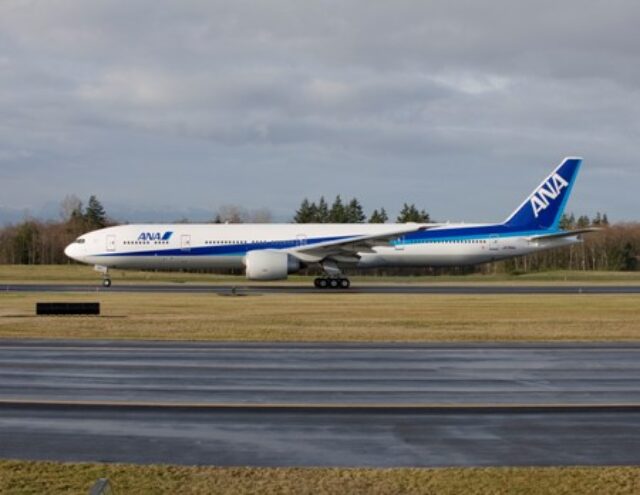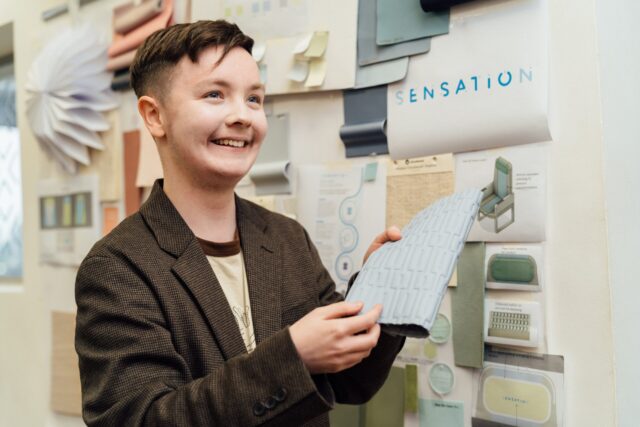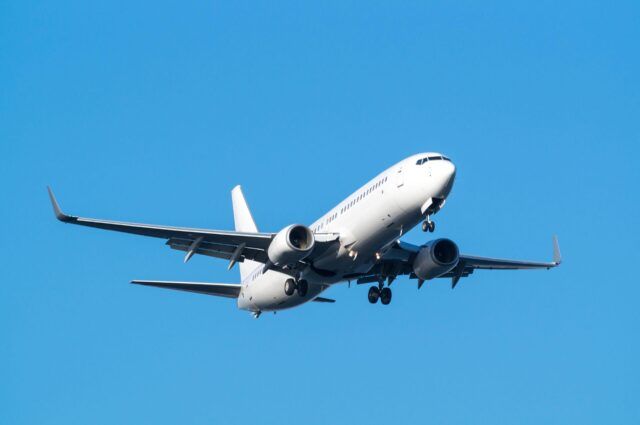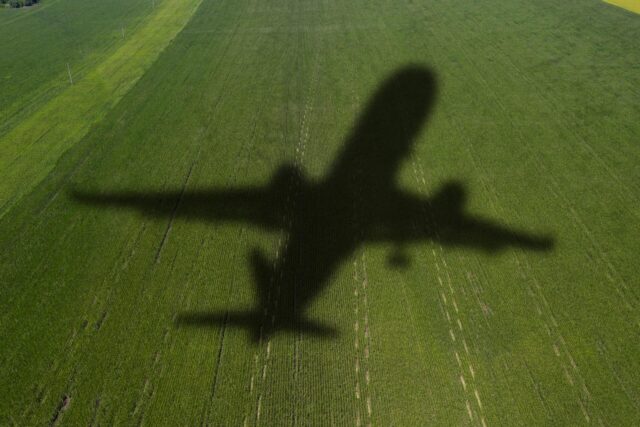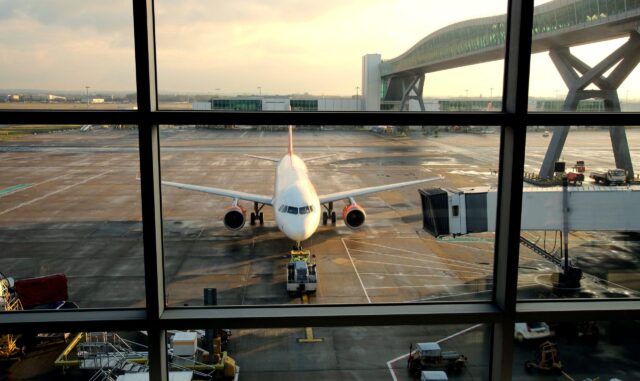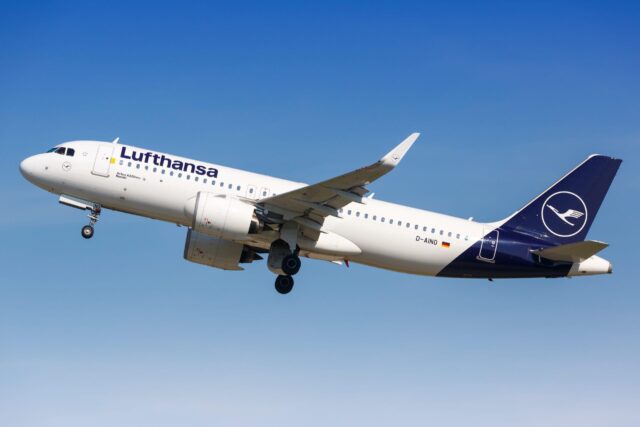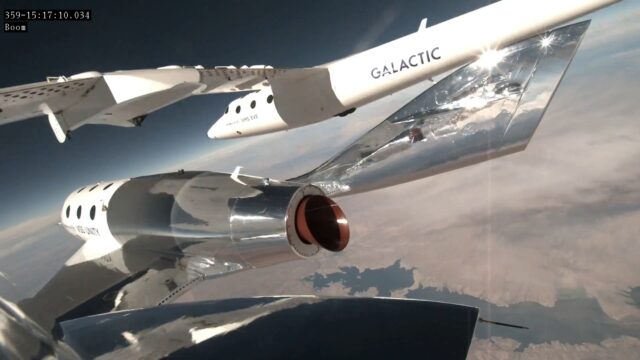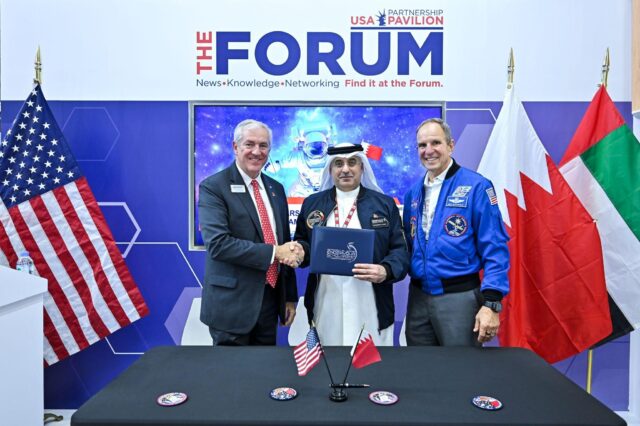Ground testing underway for the USAF’s Collaborative Combat Aircraft
May 2, 2025

The CCA (Collaborative Combat Aircraft) programme is designed to produce unmanned adjuncts that will operate alongside crewed aircraft (especially the new F-24 NGAD aircraft). The CCAs will extend operational reach, enhance survivability, and increase lethality in contested environments, and are considered vital to the Air Force’s broader shift towards scalable force packages and human-machine teaming. They are intended to deliver combat power at a fraction of the cost of traditional manned fighters, acting as force multipliers, providing affordable mass and supporting rapid deployment.
General Allvin said that: “The pace of innovation must outmatch the pace of the threat. CCA is how we do that.” To achieve this, the CCA programme prioritizes speed, flexibility, and cost-effectiveness. Rapid integration, iterative upgrades, and scalable production will be facilitated by leveraging open architectures and commercial technologies. A competitive Increment 1 production decision is expected in fiscal year 2026, with development for Increment 2 beginning that same year to expand mission applications and integrate emerging technologies.
General David Allvin, the USAF Chief of Staff noted that: “We’re moving fast because the warfighter needs this capability. CCA is about delivering decisive advantage in highly contested environments. The program is accelerating fielding through innovative design and acquisition strategies—and both vendors are meeting or exceeding key milestones. These aircraft will help us turn readiness into operational dominance.”

The CCAs will act as pathfinders for a new way of acquisition, Allvin said: “We’re reshaping industry on where we want to go as an Air Force by incentivizing design over sustainment. Our new mantra needs to be ‘built to adapt’ rather than ‘built to last’.”
Allvin said that: “Starting ground tests is a key milestone for the CCA Increment 1 program. This phase bridges the gap between design and flight, reducing integration risks, boosting confidence, and laying the groundwork for a successful first flight and eventual fielding to the warfighter.”
The CCA ground test phase will include rigorous evaluations of the General Atomics YFQ-42A and Anduril YFQ-44A production representative test vehicles. These assessments will focus on propulsion systems, avionics, autonomy integration, and ground control interfaces, and will validate performance, inform future design decisions, and prepare the systems for flight testing later in 2025.
The Department of the Air Force has selected Beale Air Force Base, California, as the preferred location to host a CCA Aircraft Readiness Unit (ARU). The mission of the ARU will be to provide combat aircraft ready to deploy worldwide at a moment’s notice, and will mark a further step towards operationalizing CCA capabilities. Because the CCAs are semi-autonomous and will be maintained in a fly-ready status, the ARU is not expected to fly a significant number of daily sorties to maintain readiness or currency. This should mean that the number of airmen required to support the fleet will be substantially lower than for other weapons systems.
“This is a huge milestone in its effort to integrate autonomous systems into the future force…and another step toward first flight and rapid delivery to our warfighters… These unmanned fighters are going to be badass!” General Allvin said.




